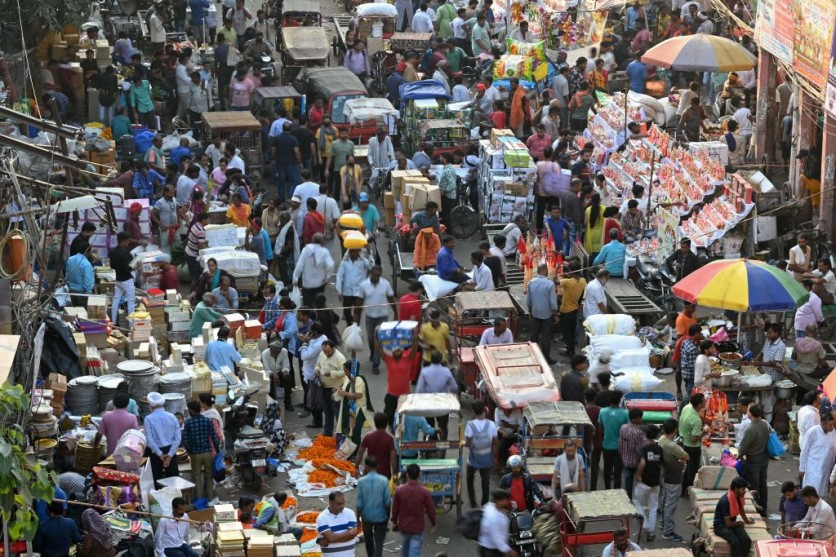Delhi, a sprawling megacity housing over 30 million residents, grapples with an ongoing air quality crisis that poses severe health risks. The Air Quality Index (AQI) has soared to alarming levels, exacerbated by recent Diwali festivities marked by widespread firework displays that further compromised the already compromised air quality.

Unveiling the Complexity of Delhi's Air Quality Crisis
Delhi's Air Quality Index (AQI) has highlighted concerning levels of poor-quality air, leading to respiratory challenges, particularly for the city's children. The situation has been exacerbated by the recent Diwali festivities, where widespread firework displays have further compromised air quality.
Nature reported unveiled a notable finding: during the winter and autumn months in Delhi, approximately 42 percent of the black carbon, a significant contributor to haze formation and associated health issues, was linked to crop burning.
Moreover, another study estimated that, on average, 20 percent of the fine particulate matter (PM2.5) in Delhi during the post-monsoon period was attributed to crop fires, emphasizing the multifaceted sources contributing to the city's air quality challenges.
During specific post-farming seasons, the contribution of agricultural burning to the city's air quality can surge significantly, reaching up to 50-75 percent on severe days, highlighting its substantial impact.
Also Read : India To Home World's Largest Population By 2022
Residents in the Indian capital grapple with the serious consequences of this atmospheric temperament, particularly concerning the ongoing air pollution crisis. Delhi's air quality index (AQI), encompassing eight pollutants like fine particulate matter, ozone, and sulfur dioxide, has consistently remained above 99 since November 3.
The classification of "unhealthy" is assigned to AQI levels above 150, and on November 6, the AQI surpassed 500, reaching the pinnacle of the scale.
The concentration of fine particles smaller than 2.5 micrometers in diameter (PM2.5) in Delhi persisted above 200 micrograms per cubic meter from November 3 to November 9, posing significant health risks as these particles can enter the bloodstream.
Per guidelines from the World Health Organization (WHO), maintaining an average PM2.5 concentration below 15 micrograms per cubic meter over a 24-hour period is recommended for optimal health outcomes.
Observing an Annual Spike
Scientists observe an annual spike in the Air Quality Index (AQI) during the post-monsoon season from October to December. This period brings a notable surge in pollution to Delhi, a megacity with over 30 million residents, while other cities across India also grapple with worsening air quality.
Interesting Engineering reported that Vinayak Sinha, an atmospheric chemist at the Indian Institute of Science Education and Research Mohali, notes the recurring nature of this phenomenon, stating that every year, it is a similar story.
Sinha explains that this temperature drop concentrates pollutants in the troposphere, creating a smaller container where air emissions accumulate. Contrary to expectations based on usual conditions, Karthik Ganesan, a policy researcher at the Council on Energy Environment and Water in New Delhi, expresses surprise at this year's air quality.
This is attributed to a lower-than-usual burning of crop waste in the neighboring Punjab region, leading some to anticipate a milder increase in pollution.
The enduring poor air quality is attributed to dynamic meteorological conditions, resulting in stagnant air that traps local emissions and leads to heightened pollution. This shift in weather patterns also prompts increased emissions due to post-monsoon practices.

ⓒ 2025 TECHTIMES.com All rights reserved. Do not reproduce without permission.




